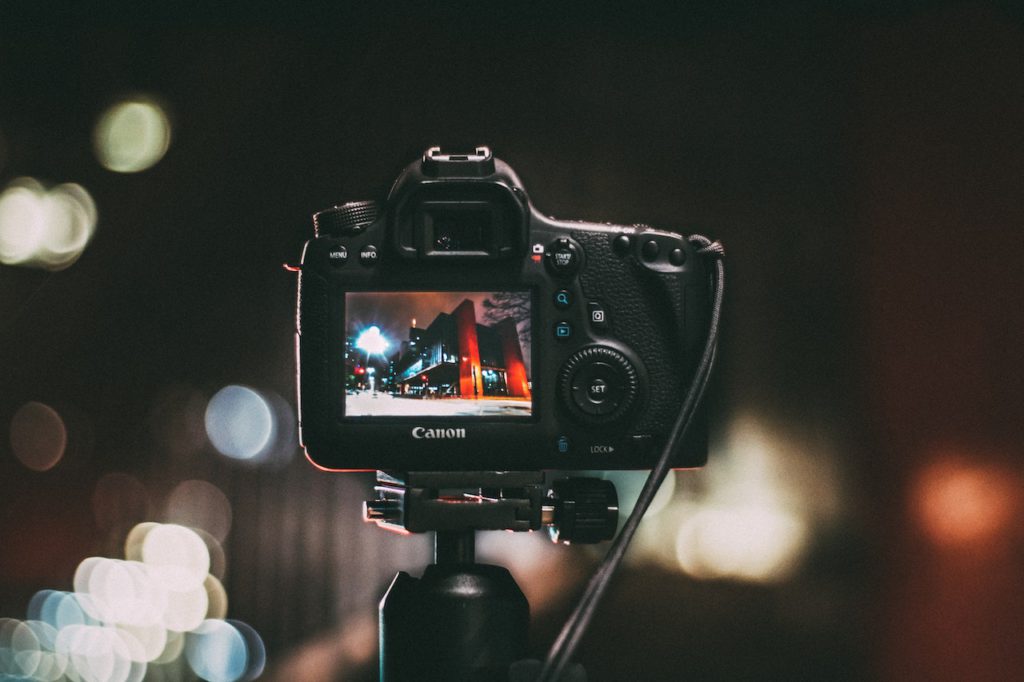In the rapidly evolving landscape of photography, camera lenses are a critical bridge between creativity and technology. The synergy between camera lenses and digital imaging capabilities has become paramount as digital cameras advance. This article delves into the world of lens craft, uncovering invaluable tips and techniques to help photographers harness the full potential of their camera lenses within the realm of digital photography.
- Understand Lens Characteristics in the Digital Context
Camera lenses have distinct characteristics that can significantly influence the visual outcome of your photographs. Focal length, aperture, and lens type (prime or zoom) are essential to grasp. Understanding how these traits interact with digital camera sensors is crucial for achieving optimal results.
- Exploit Depth and Detail with Precision
Digital cameras have revolutionized the way we perceive depth and detail in images. By pairing the right lens with your digital camera, you can control the depth of field and achieve stunning background blur (bokeh) effects. This technique is particularly effective for portrait photography and subject isolation.
- Leverage Lens Technology for Creative Expression
Modern camera lenses have advanced technologies that can significantly enhance creative expression. Elements like image stabilization, aspherical lens designs, and special coatings are crucial in capturing sharper, more precise, and more vibrant images.
- Explore Focal Lengths for Unique Perspectives
Focal lengths directly influence the perspective of your images. Experiment with different focal lengths to tell stories from distinctive viewpoints and create engaging visual narratives.
- Adaptability and Compatibility

In the digital age, adaptability is critical. Some lenses designed for film cameras can be used on digital cameras with the help of adapters. This opens up creative possibilities, allowing you to experiment with vintage glass to achieve unique aesthetics.
- Lens Maintenance and Care in the Digital Era
The delicacy of camera lenses requires meticulous care, mainly when used in conjunction with digital cameras. Dust, fingerprints, and other particles can impact image quality. Regular cleaning and storage techniques are essential to ensure consistent and clear results.
- Digital Camera Calibration and Lens Profiling
Modern digital cameras often offer features for calibrating and profiling specific lenses. This ensures the camera’s sensor works harmoniously with the lens, reducing potential issues like chromatic aberration and distortion. Explore your camera’s settings to take full advantage of these calibration options.
Dynamic Composition Techniques with Digital Lenses
Composition is arranging elements within the frame to convey your intended message and evoke emotion. In the digital camera era, the right choice of lenses can significantly impact how you compose your shots. Here are some dynamic composition techniques to consider:
Leading Lines and Perspective Play: Wide-angle lenses are particularly adept at creating leading lines and enhancing perspective. Use paths, roads, or other linear elements in your scene to guide the viewer’s eye and add a sense of depth and dimension. Experiment with angles and framing to play up the dramatic effect.
Framing within Framing: Utilize your lens’s aperture and focal length to create natural frames within your composition. Archways, windows, or even foliage can serve as frames that draw attention to your subject while adding layers of visual interest.
Rule of Thirds and Lens Choice: Different lenses can alter how subjects are positioned within the frame. Pair the rule of thirds – a classic composition principle – with the right lens to achieve balanced and visually pleasing compositions. A wider lens might emphasize negative space, while a longer lens can compress elements for an intimate feel.
Foreground and Background Interaction: Incorporate foreground elements into your composition to add depth and context. The choice of lens can determine how prominently these elements are featured. Experiment with foreground bokeh and sharp background elements to create captivating juxtapositions.
Macro Magic: If your lens collection includes a macro lens, delve into the world of close-up photography. Explore the intricate details of everyday objects, revealing textures and patterns that often go unnoticed. Macro lenses can turn the ordinary into the extraordinary, offering a fresh perspective on the world around us.
Storytelling Through Perspective: Varying your shooting height and angle can drastically alter the story you’re telling. Experiment with shooting from a low angle to make subjects appear larger and more imposing or capture a scene from above for a unique overview. The lens you choose will influence the visual impact of these perspective shifts.
As the digital camera era redefines photography boundaries, mastering dynamic composition techniques becomes a powerful tool in a photographer’s arsenal. By leveraging the capabilities of different lenses, you can craft compositions that evoke emotions, tell stories, and captivate viewers in profound ways. Experimentation, coupled with a keen understanding of lens characteristics, allows you to unlock the full potential of your digital camera and lenses, paving the way for compelling visual narratives that stand out in the digital landscape.
